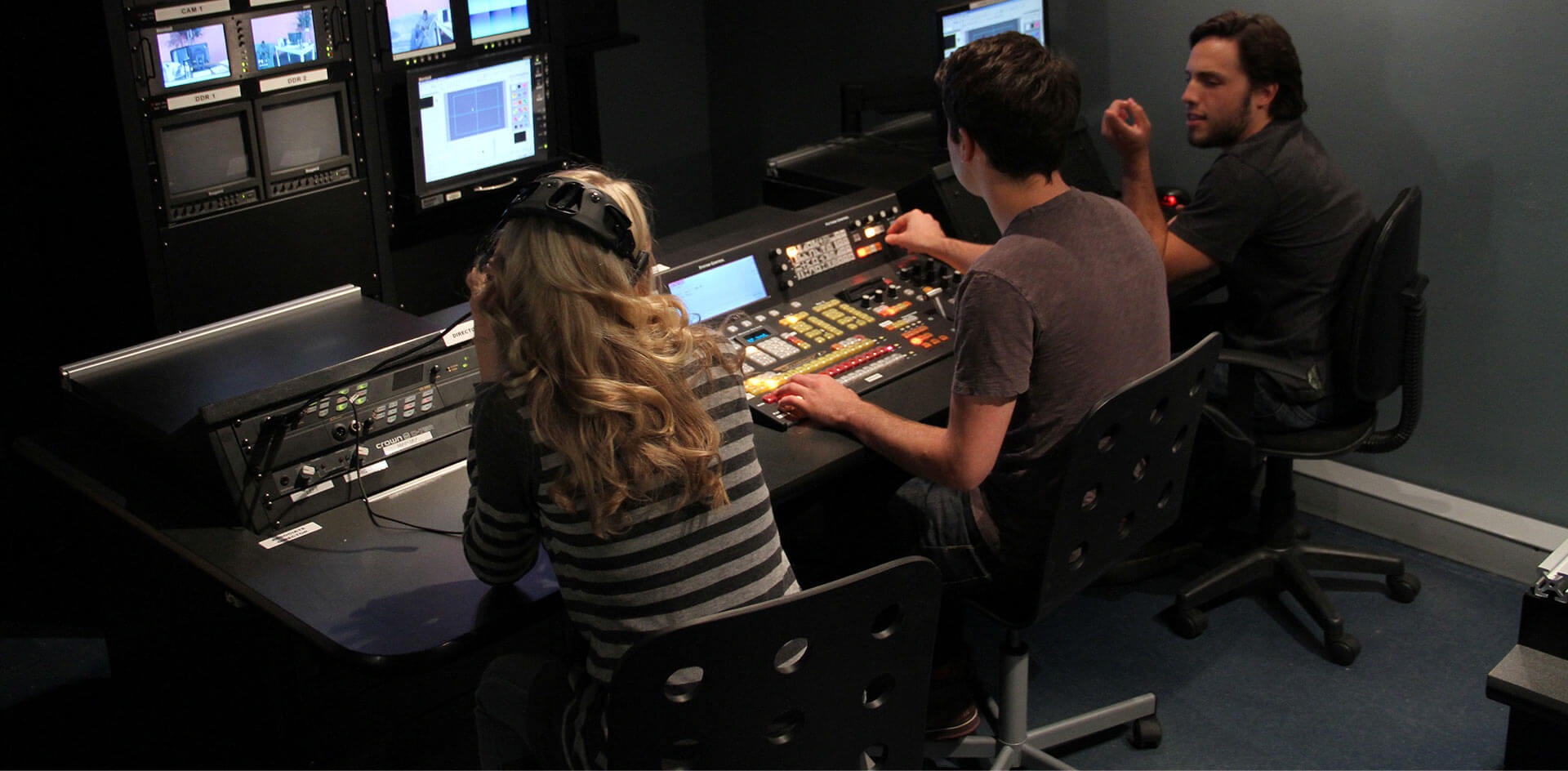We are for the visionaries
California College of ASU is for the storytellers. For the artists. For the game changers. For students who want to understand the world while gaining real-world experience.
The next generation of creative leaders requires an education with a focus on critical thinking and collaboration combined with hands-on, skill-building know-how. California College of ASU is building on a deep history as a film and design school with award-winning faculty committed to sharing the best elements of the industry while preparing students for an ever-changing career landscape. Our students benefit from highly adaptable learning that prepares them to be leaders for emerging technology, business and the future of the $980 billion creative economy in Los Angeles.
Located in the heart of downtown Los Angeles, California College of ASU offers small class sizes that prepare students to thrive in any industry or environment. Our new liberal arts degree includes concentrations in filmmaking practices, film and media studies, fashion studies and digital media studies, bringing the well-rounded education that four out of five employers prefer to the center of the world’s creative industries.

